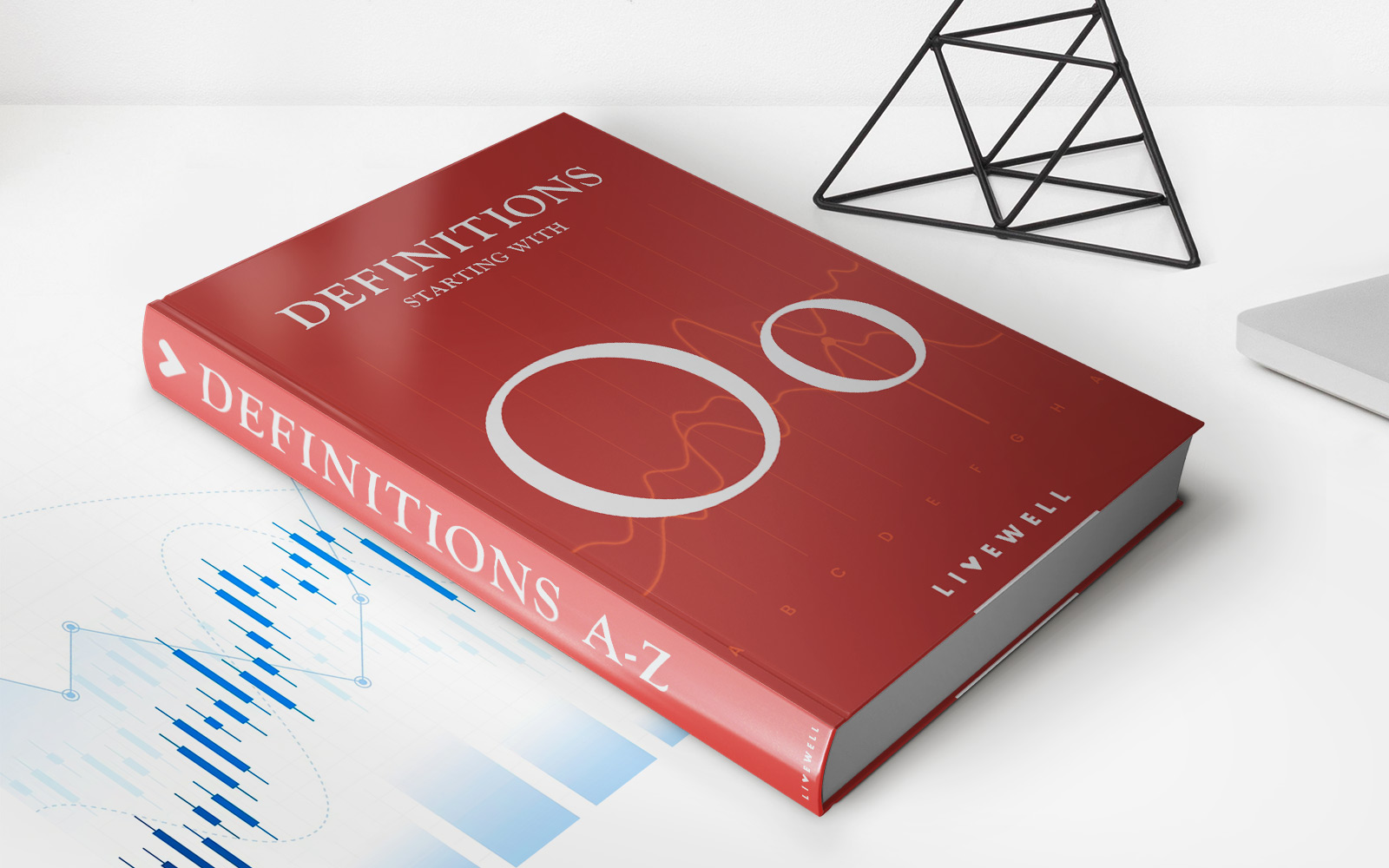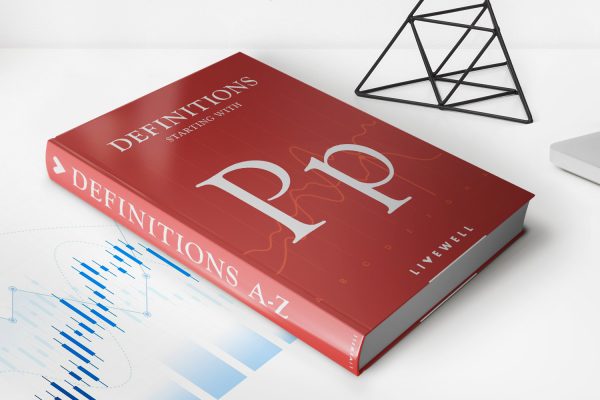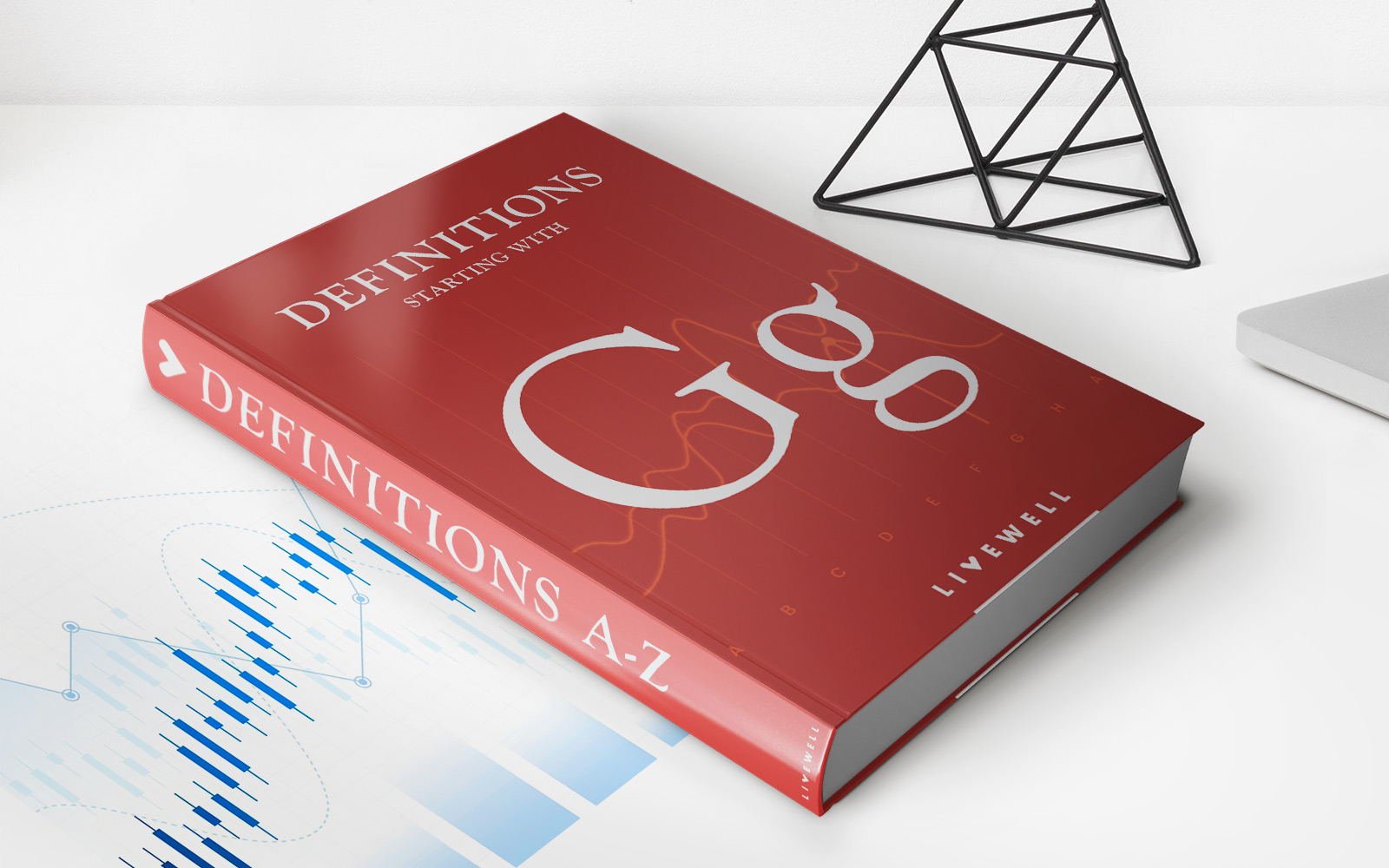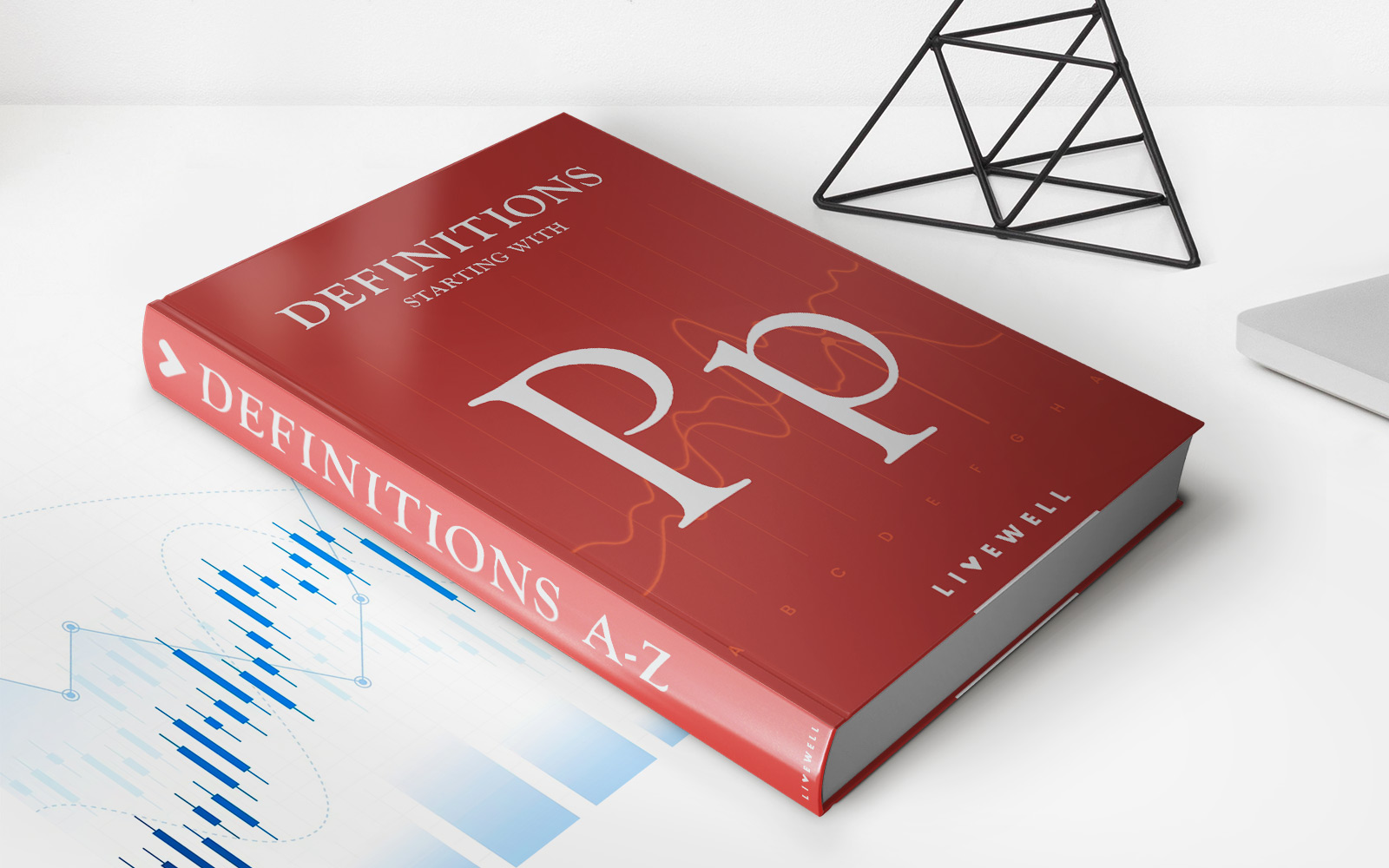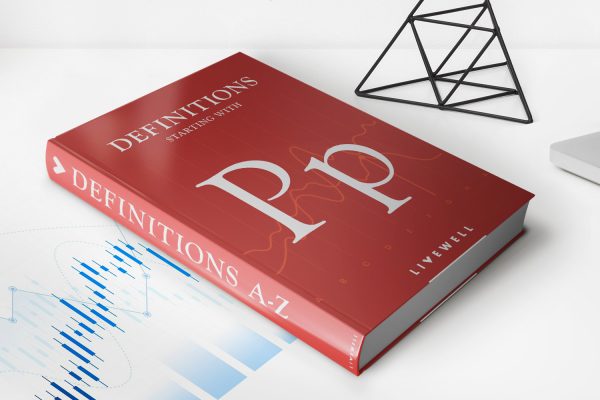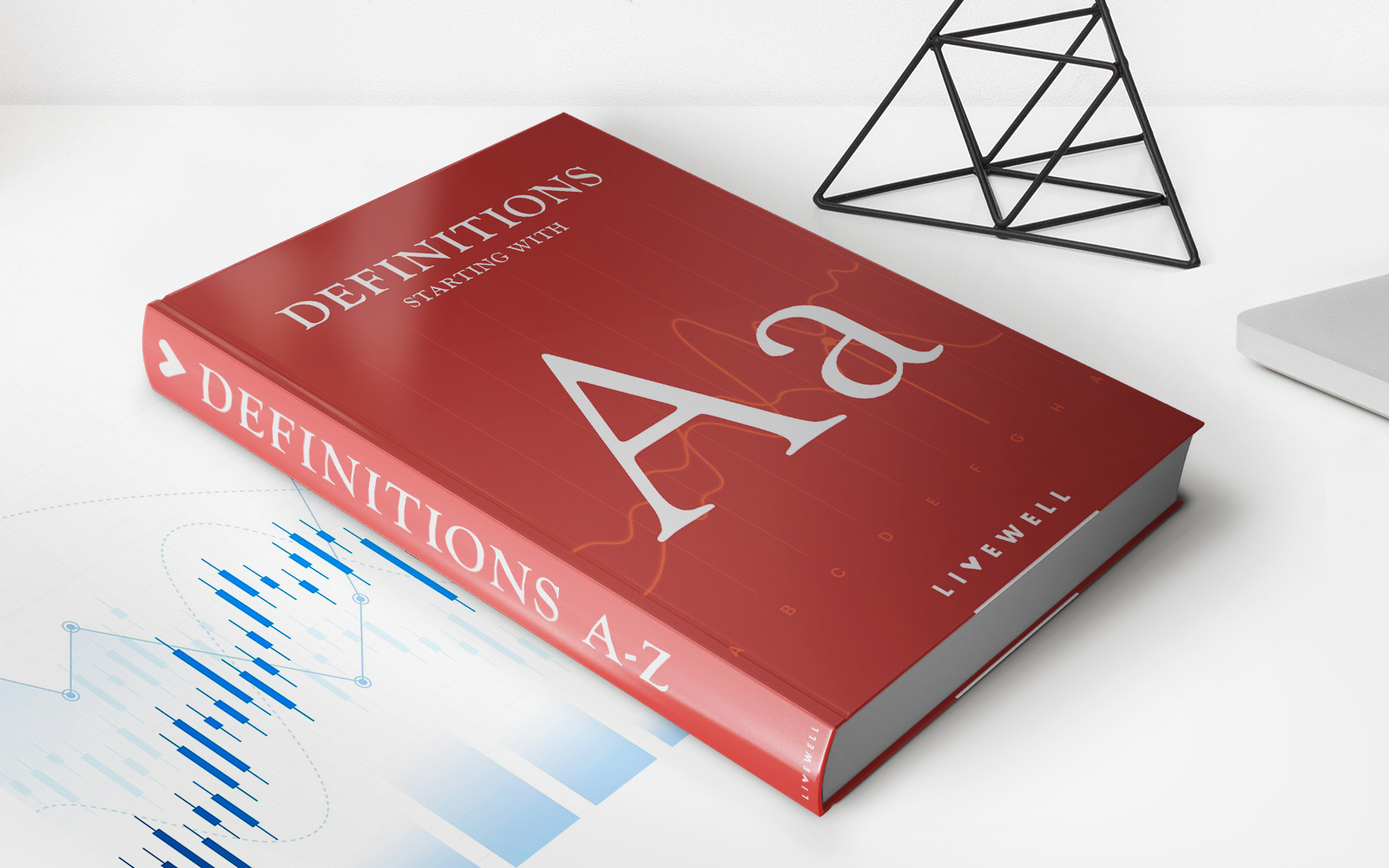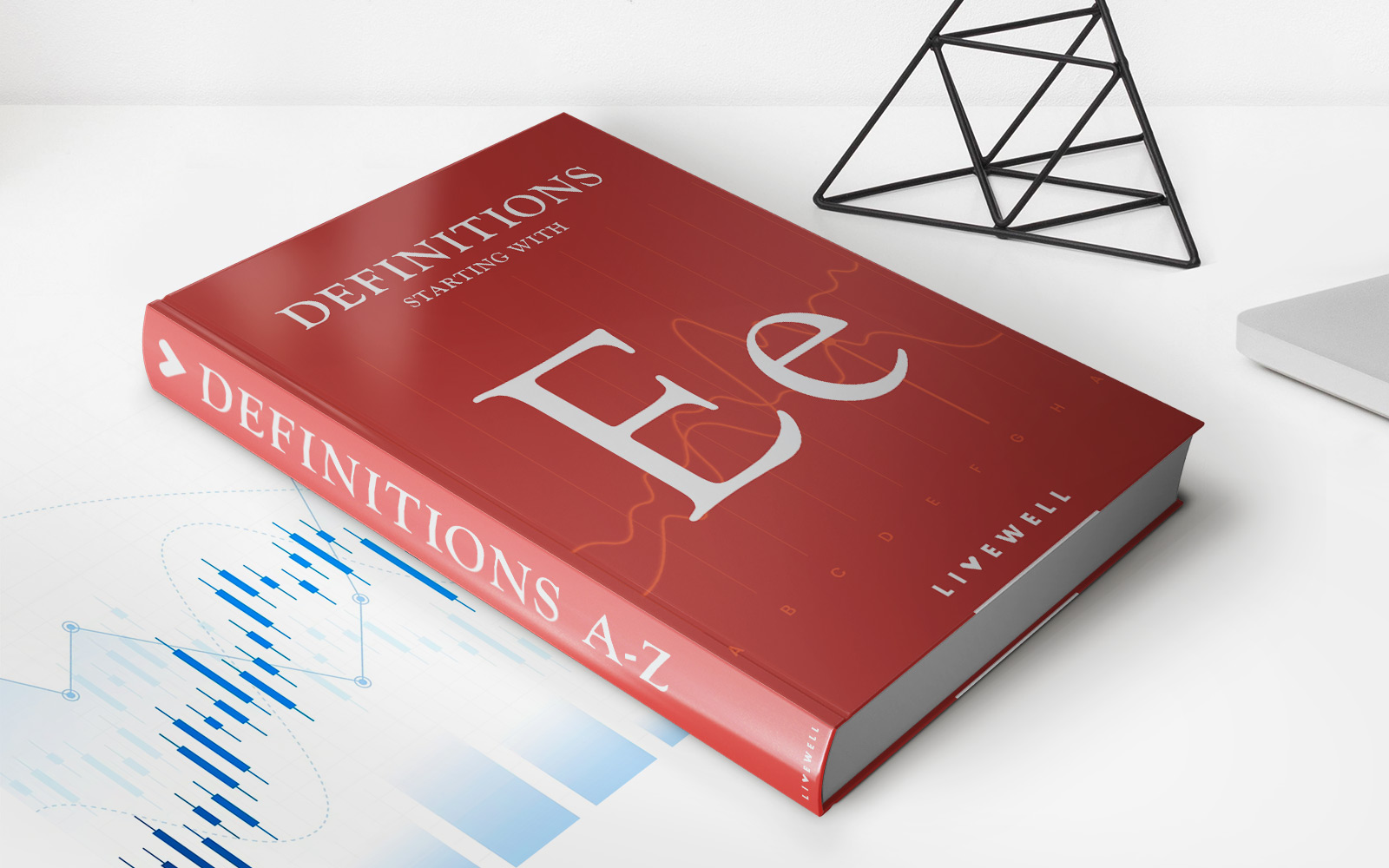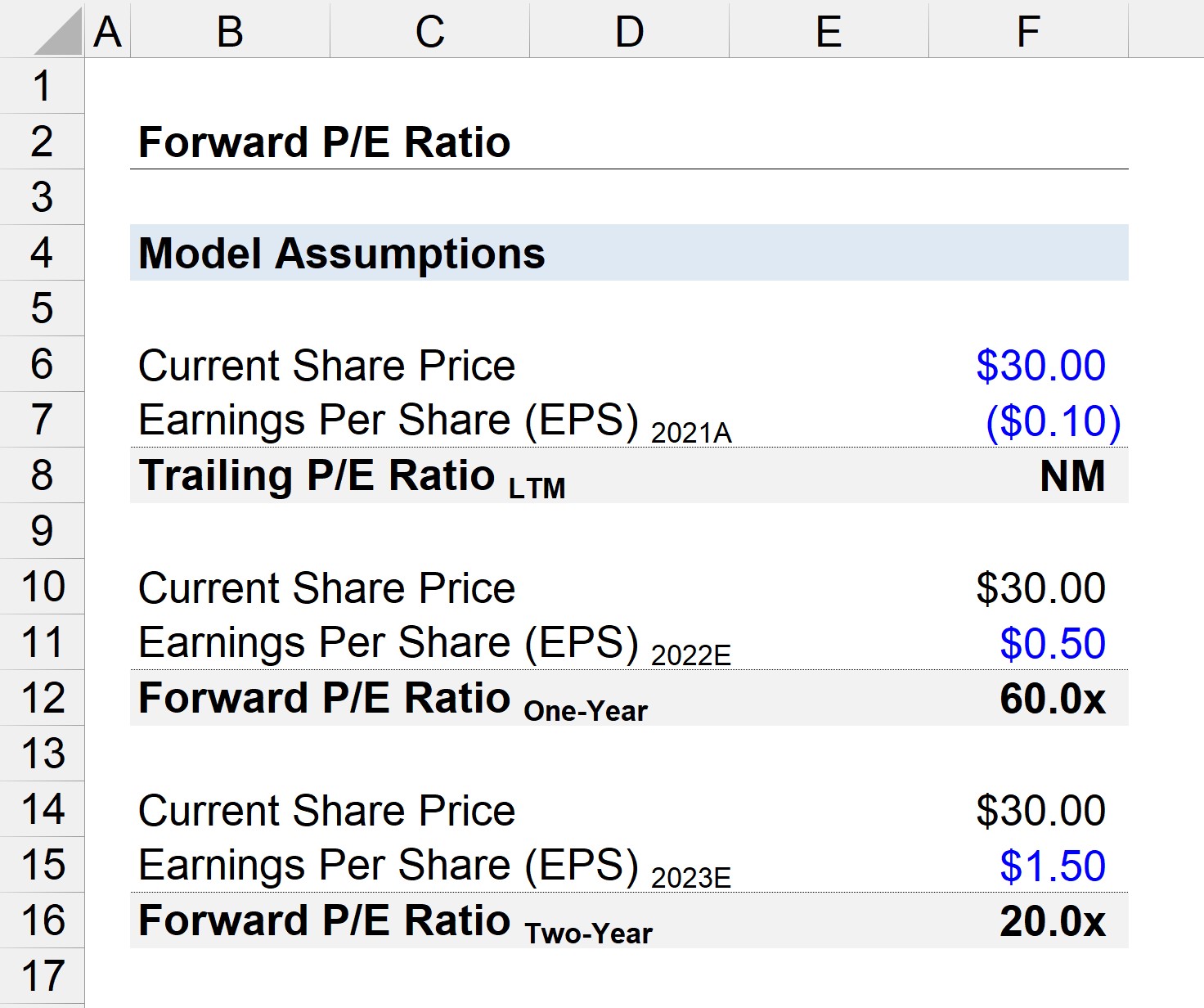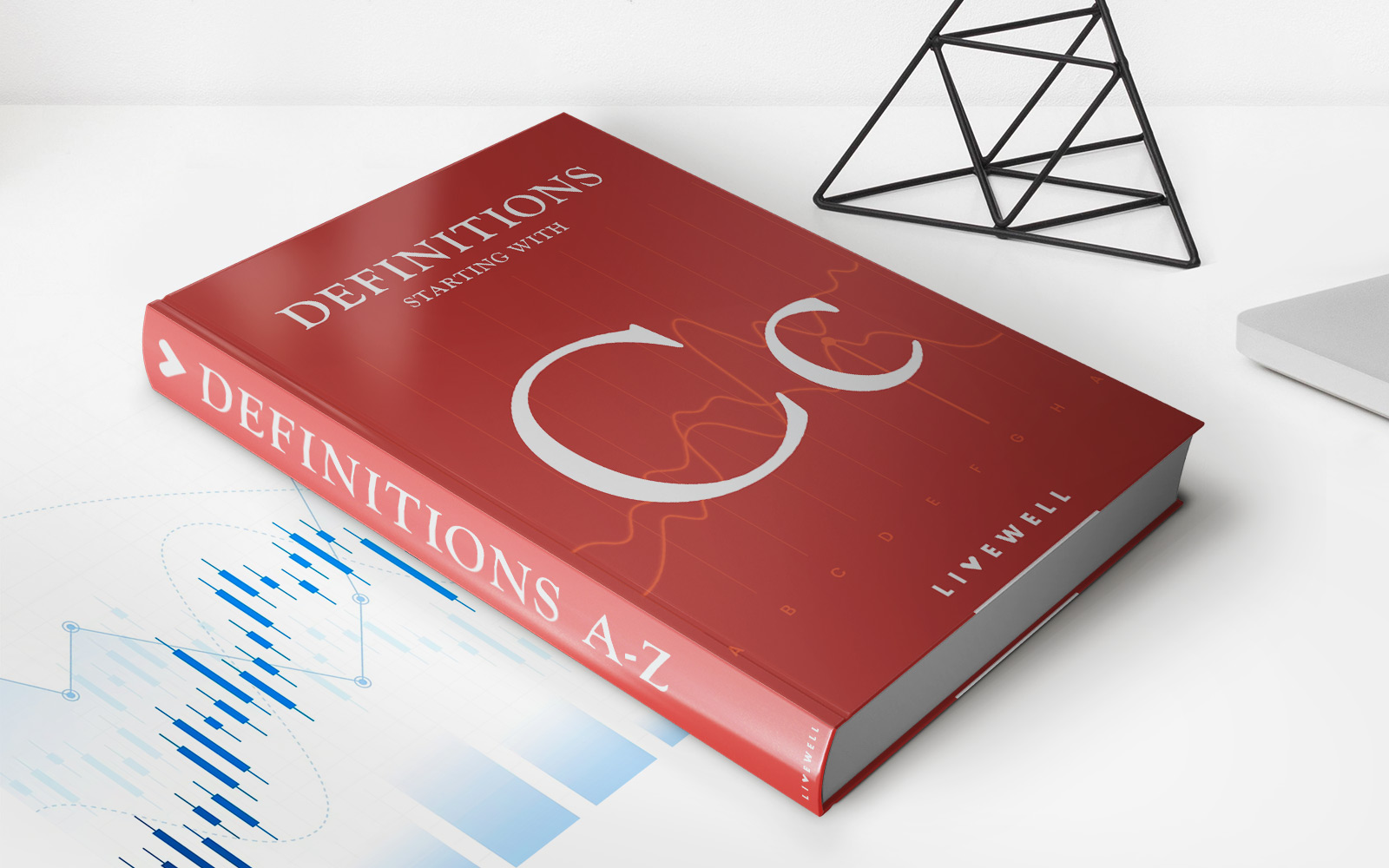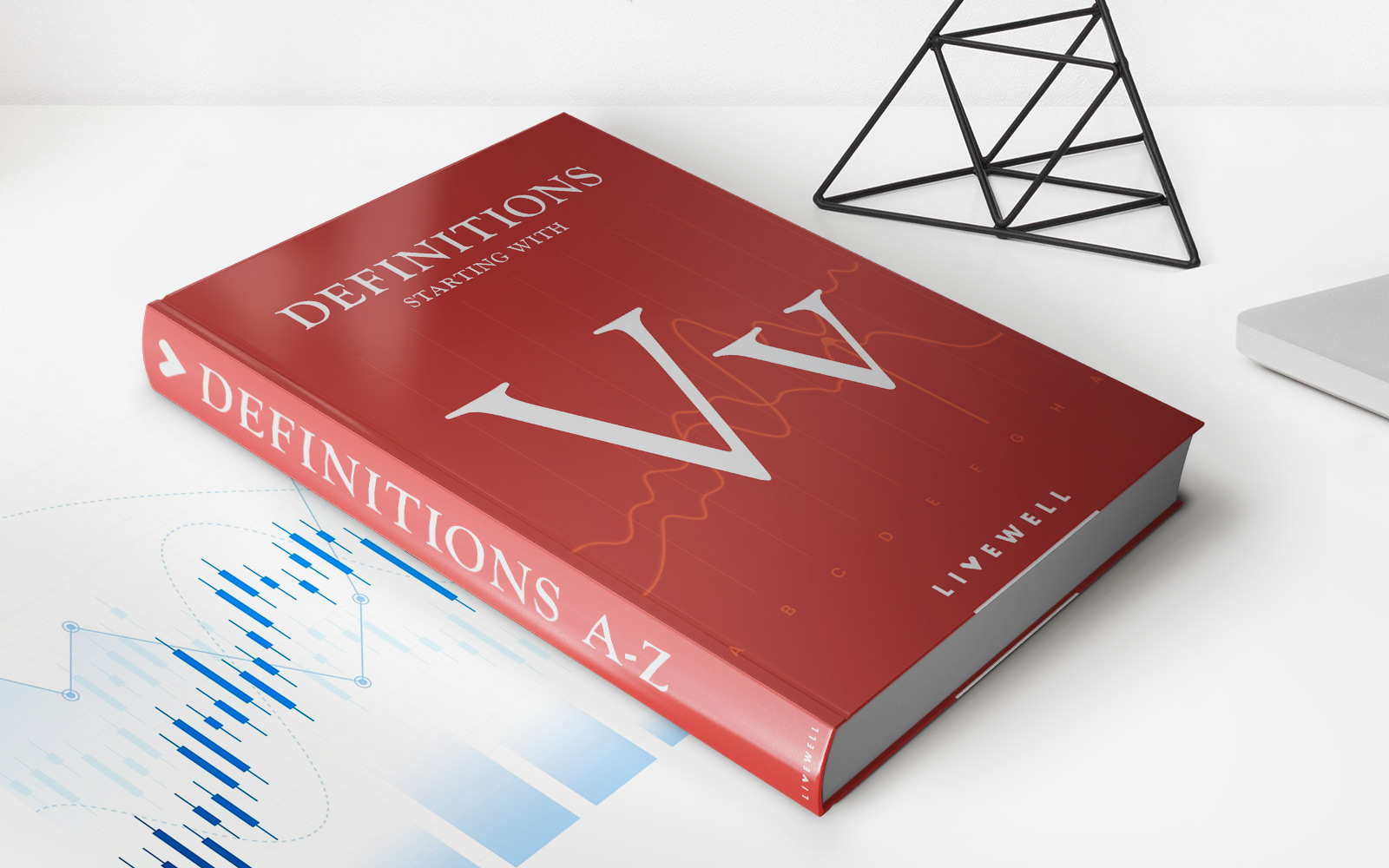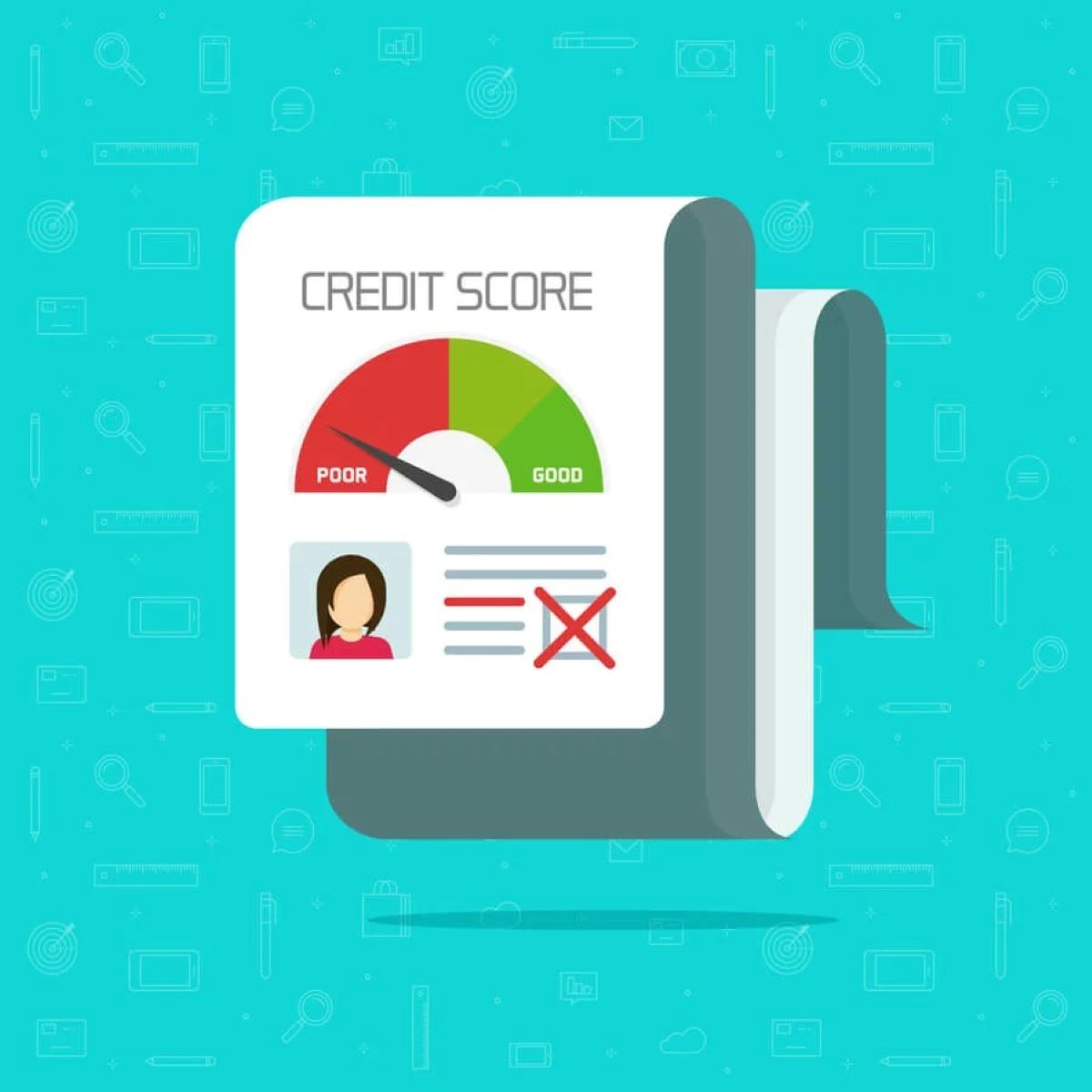

Finance
Price-Growth Flow Definition
Published: January 11, 2024
Discover the meaning of price-growth flow in finance and how it influences your financial decisions, explained in simple terms.
(Many of the links in this article redirect to a specific reviewed product. Your purchase of these products through affiliate links helps to generate commission for LiveWell, at no extra cost. Learn more)
The Price-Growth Flow Definition: Understanding its Importance in Finance
When it comes to managing your personal finances, it’s essential to have a clear understanding of different financial concepts. One such concept is the Price-Growth Flow Definition. In this blog post, we will delve into the meaning of this concept, its significance in finance, and how it can help you make informed investment decisions.
Key Takeaways:
- The Price-Growth Flow Definition is a fundamental concept in finance that helps investors evaluate the worth of an investment based on its expected future cash flows.
- Understanding and implementing the Price-Growth Flow Definition can assist in making more accurate investment decisions.
The Price-Growth Flow Definition is a method used to evaluate the worth of an investment, primarily stocks and bonds, by considering the future cash flows it is expected to generate. Essentially, it involves calculating the present value of the expected future cash flows and determining whether the investment is undervalued or overvalued based on its current price.
Here’s how the Price-Growth Flow Definition works:
- Estimate future cash flows: The first step is to estimate the amount and timing of expected cash flows from the investment. For example, if you are evaluating a stock, you need to project its future dividends or potential capital appreciation.
- Discount the cash flows: Next, you need to discount the estimated future cash flows to their present value. This entails applying a discount rate to account for the time value of money and the risk associated with the investment. The discount rate could be based on factors such as the prevailing interest rates or the risk profile of the investment.
- Compare with the current price: Once you have calculated the present value of the future cash flows, you can compare it with the current price of the investment. If the present value is higher than the current price, it suggests that the investment is undervalued and may be a good buying opportunity. Conversely, if the present value is lower, it indicates that the investment is overvalued.
- Make an informed decision: Armed with the knowledge of whether an investment is undervalued or overvalued, you can make a more informed decision on whether to buy, sell, or hold the investment.
The Price-Growth Flow Definition is a valuable tool for investors, as it helps in identifying potentially lucrative investment opportunities and avoiding overpriced assets. By considering the future cash flows and taking into account the time value of money and risk, investors can make more informed decisions that align with their financial goals and risk tolerance.
In conclusion, the Price-Growth Flow Definition is a critical concept in finance that provides a framework for evaluating the worth of an investment based on its expected future cash flows. By examining the relationship between an investment’s price and its projected cash flows, investors can gain insights into its potential value. Implementing this concept can help investors make informed decisions, whether it’s buying undervalued investments or avoiding overpriced ones.

